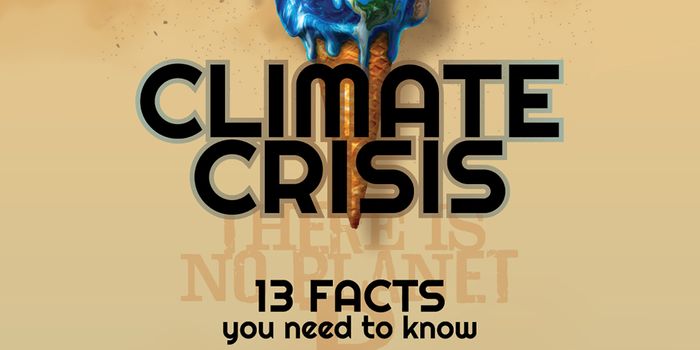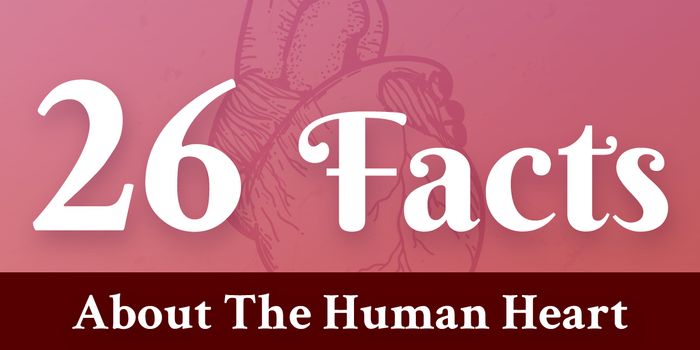What makes humans, human? Let’s put aside all philosophical and moral debate, and focus on our genetic structure. Humans are human based on our hereditary information, or in other words, our genome. The human genome is a blueprint of our body, basically a storage unit of all our genetic information into a DNA sequence. Historically, we’ve come a long way in understanding our genetic structure; how our information is stored and what makes up our information. From 17th century scientists and biologists, to modern day medicine— this infographic takes us on an outline through the history of genetics.
Today, we know that a genome is essentially our DNA, a bundle of genetic information containing our normal 23 chromosome pairs. Our founding fathers, however, had a few other theories concerning our genetic makeup. After the development of microscopes in the 17th century, scientists postulated that miniature replicas of human beings were located inside sperm heads. However, they were sort of on the right track, French biologist Jean-Baptiste Lamarck raised the idea of an inheritance of acquired characteristics which determined what made individual humans, well, individuals. Not long after, Darwin as well as Gregor Mendel both began formulating their ideas on inheritance and genetics.
It’s safe to say that the mid-20th century marked the basic building blocks of what we understand of genomes, known as genomics— the study of DNA structure and function. Using various components from molecular biology to biochemistry, while incorporating advanced technology, computer science, and mathematics, we are able to comprehend what makes up our structure and come up with new disease diagnoses and treatments.










